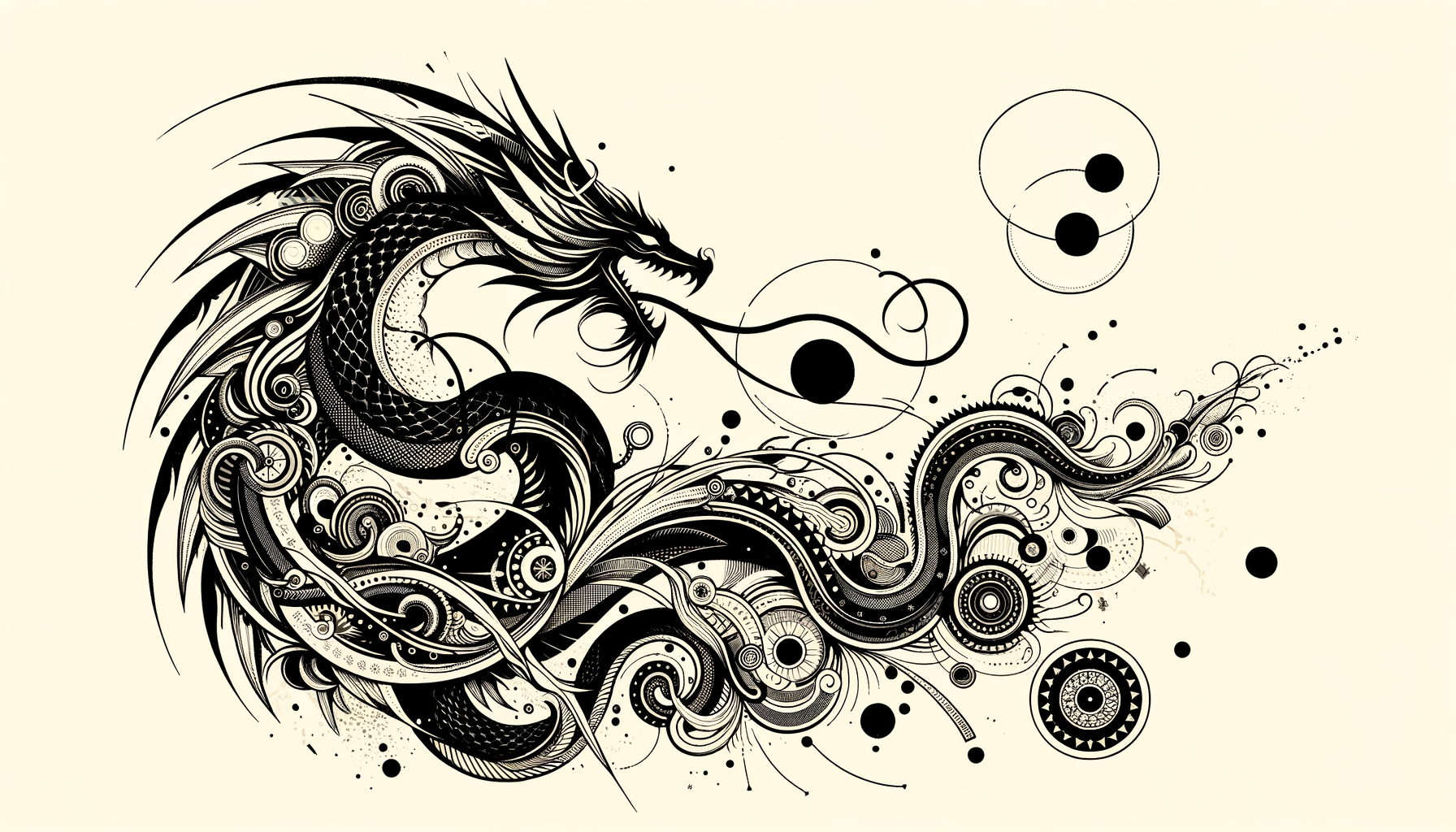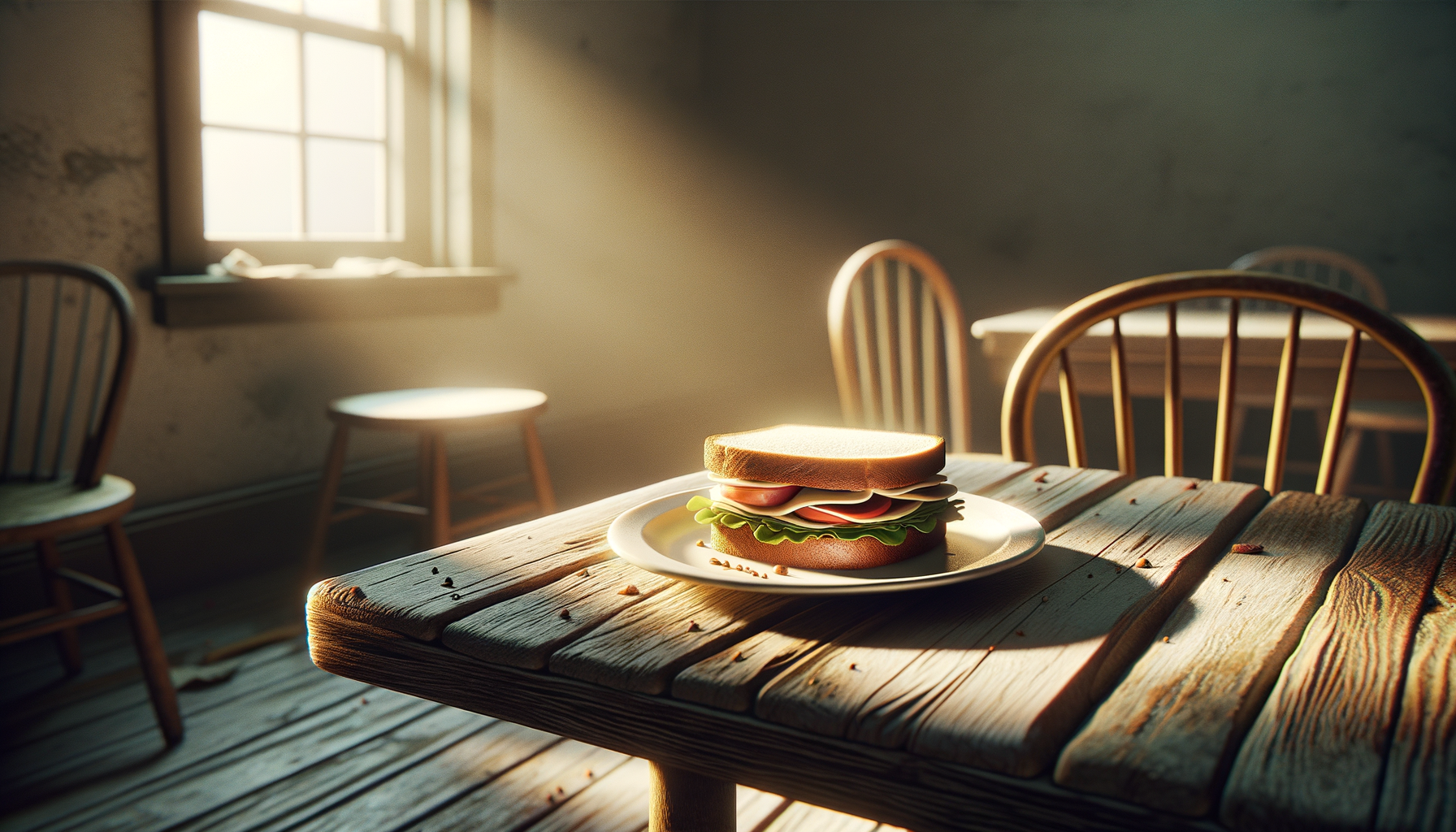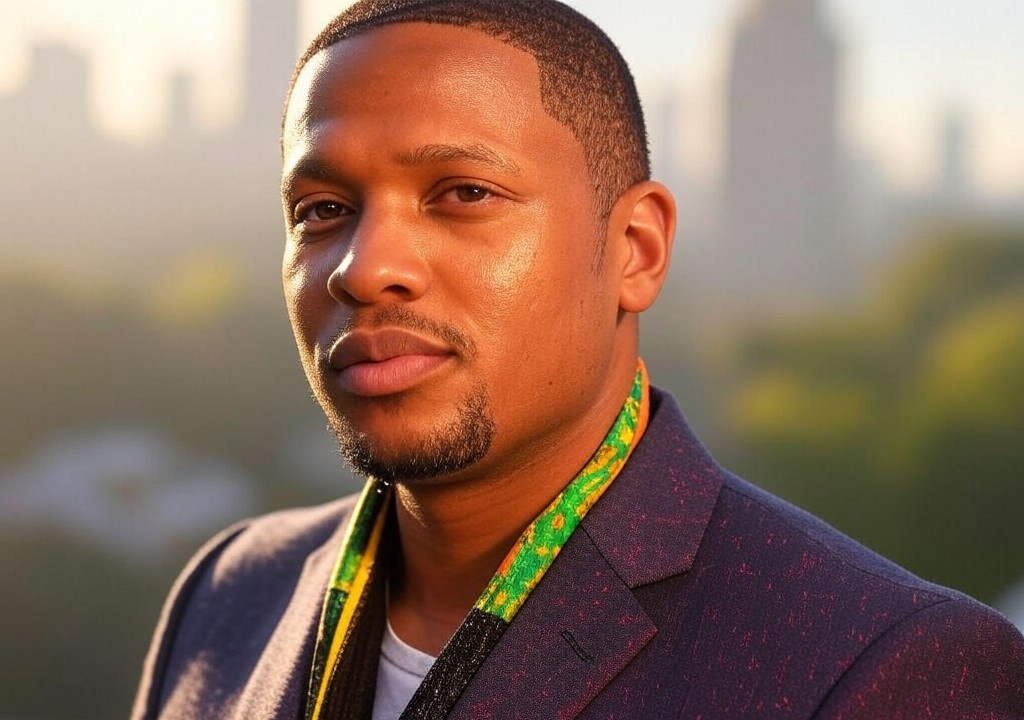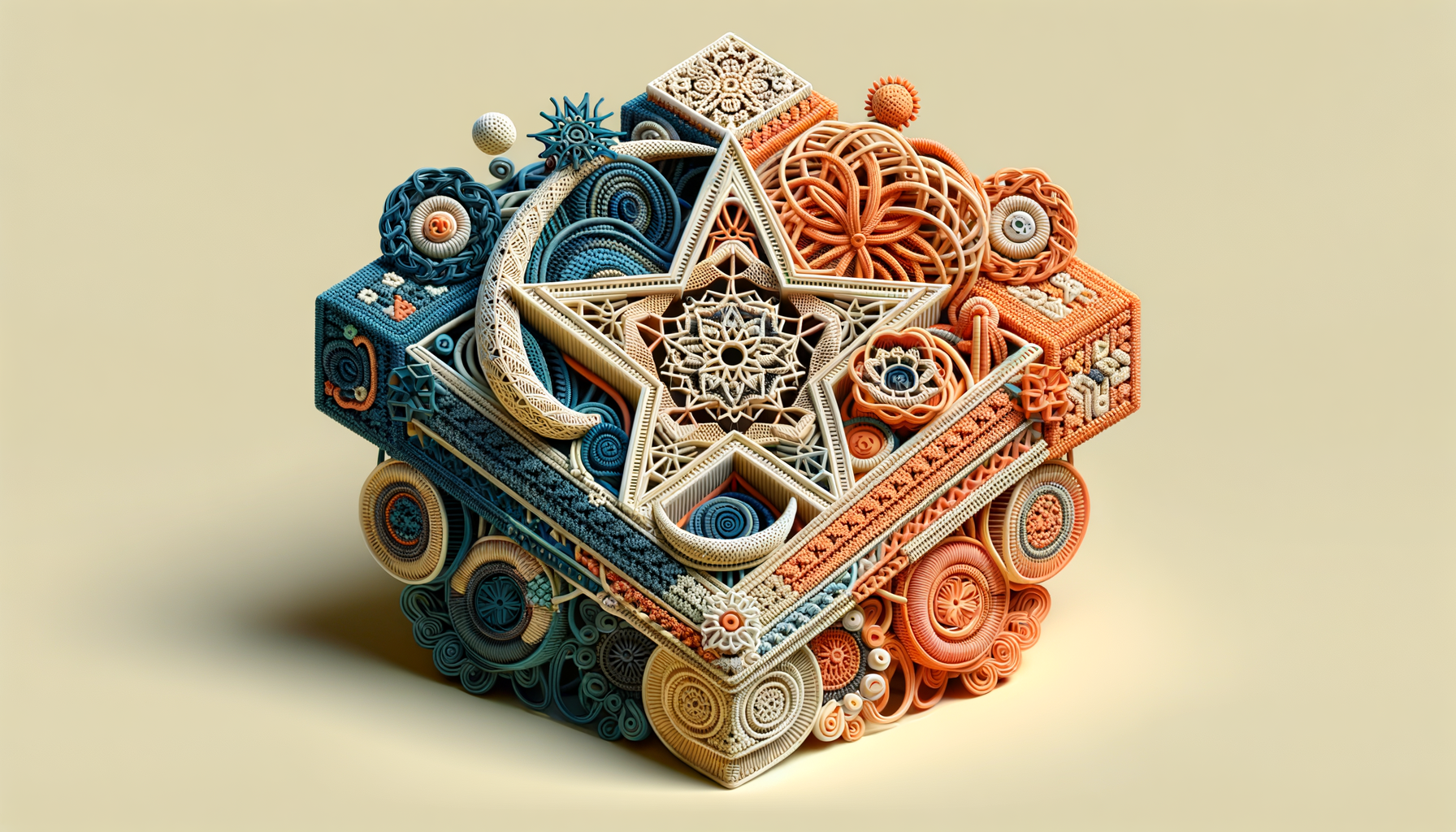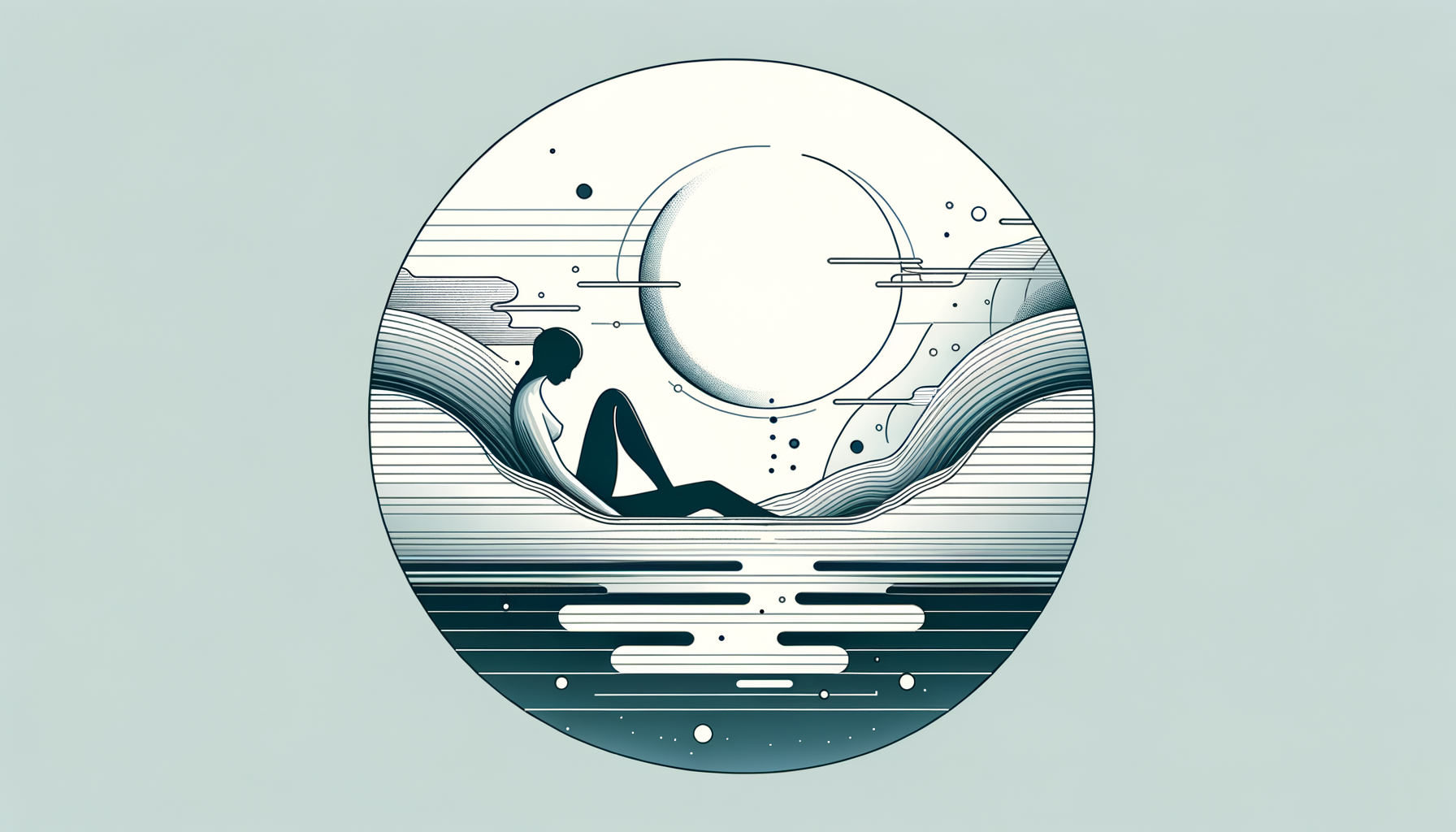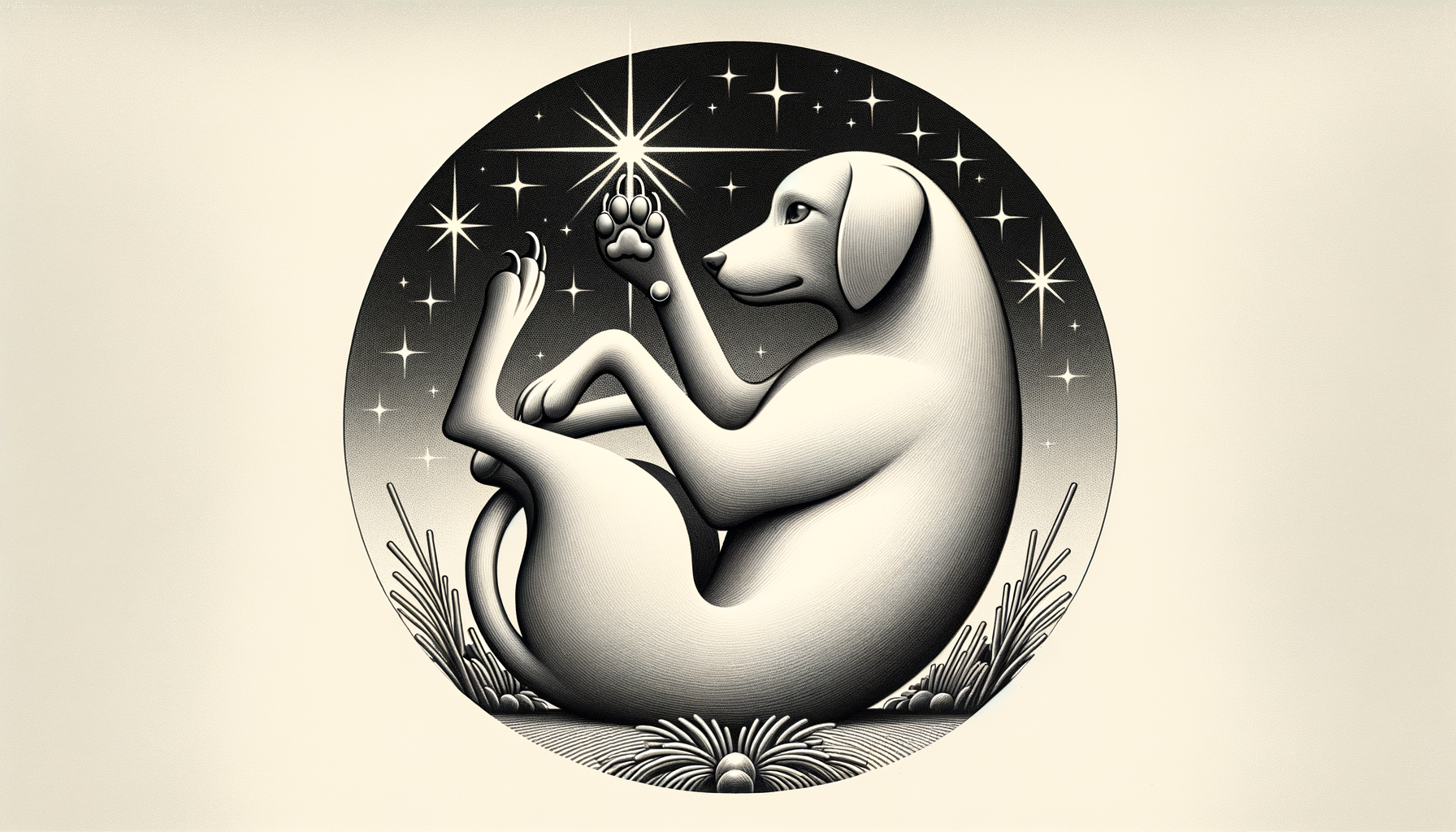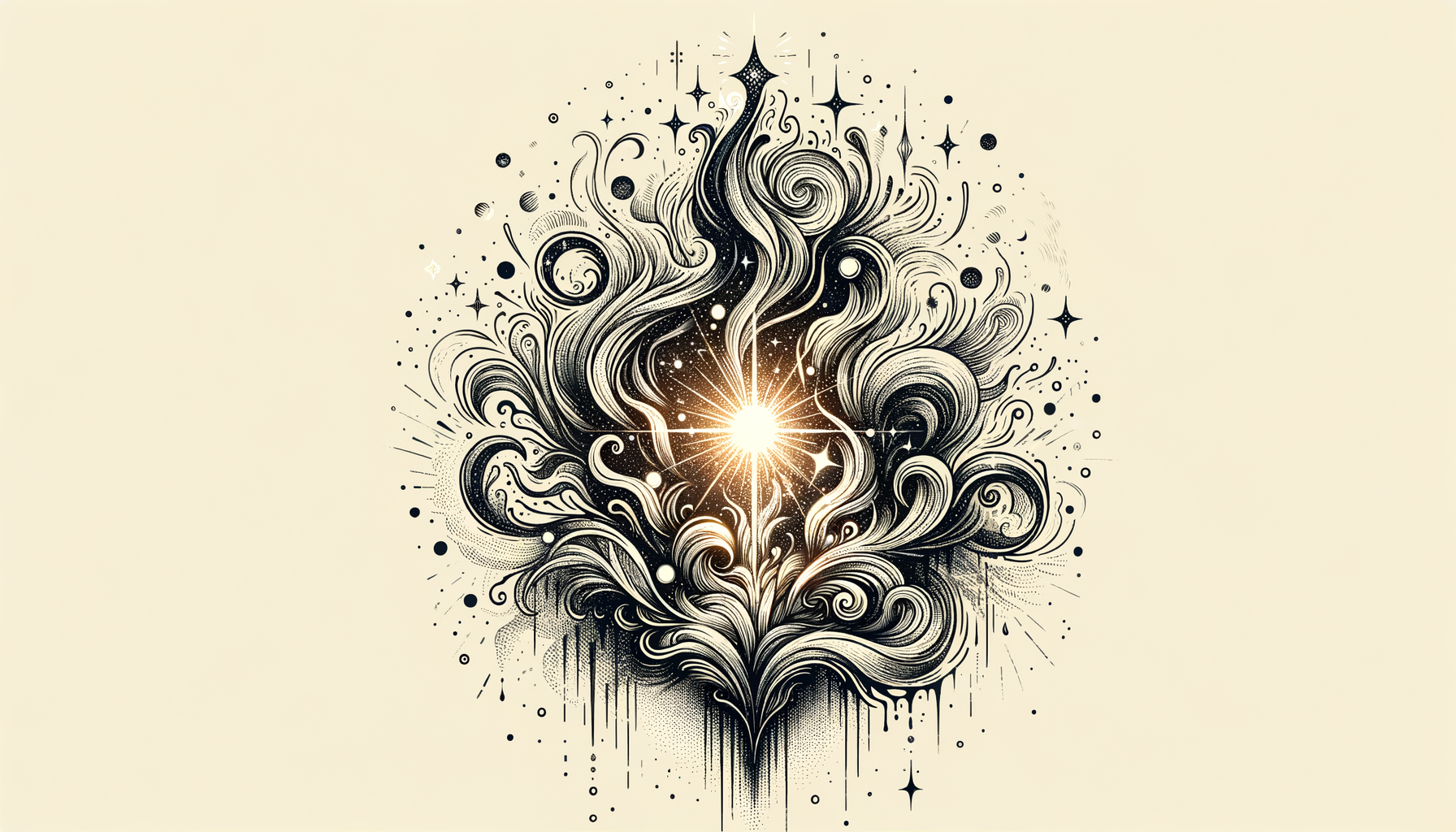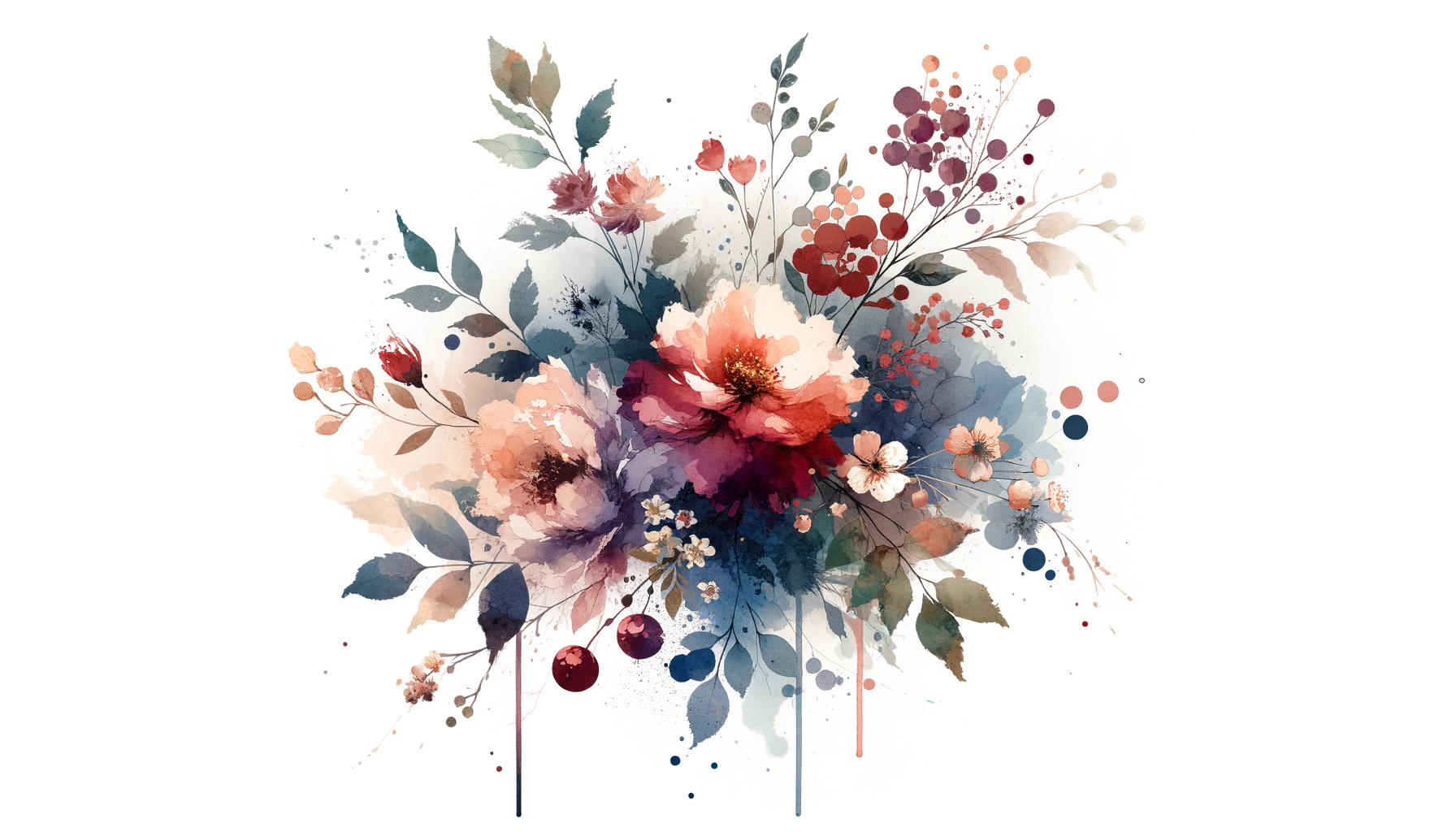Scars—whether inked onto your skin, etched across your heart, or faintly streaked along your thumb from a run-in with a kitchen knife—are the ultimate storytellers. Each one whispers, "Hey, I’ve been through something, and here I am." And isn’t that what we all want to say, in our vulnerable, complicated, date-me-even-though-I-hate-peaches glory?
The Stories We Wear
Let me tell you about the scar on my knee, courtesy of the second grade. My cousin had dared me to jump off the backyard shed wearing my mom’s high heels—a bold attempt at kids-meets-couture Cirque du Soleil. Suffice it to say, gravity won. Every time I glance down at that jagged crescent, it comes with a flood of memories: the laughter, the crash, my cousin’s shocked "don’t tell Aunt Lisa!" face.
We don’t get to choose how scars happen, but we do get to choose what they mean. And if scars are life’s tattoos, love and relationships are the ink that digs the deepest. Some scars heal invisibly; others linger for years like late-night emails you regret the second you hit “Send.”
Our scars aren’t flaws—they’re conversation starters. They’re signs you’ve lived, risked, laughed, and sometimes lost. Whether you’re just starting to draw your flirt lines, or you’re in the slow dance of love, let’s unpack how those marks—literal or figurative—shape how we connect.
The Art of Vulnerable Bragging
Ever hear someone talk about their mistakes while sounding oddly… proud? “Oh, that’s from when I tried skateboarding downhill. Totally nailed it—well, except the landing.” They’re not showing off the scar itself—they’re hinting, “I’ve lived boldly enough to mess up.”
The same goes for relationships. Let’s call it “vulnerable bragging”—not glorifying heartbreak, but owning it like an old Vegas showgirl strutting across the stage, costumes frayed but glitter still shining.
Think about your emotional scars. That breakup you thought would wreck you but ultimately served as a masterclass in boundaries. The rejection that stung harder than a shot of tequila in your eye but forced you to confront your own insecurities. These aren’t just tragic “oops” moments on your highlight reel—they’re trophies.
- Got ghosted? Points for putting yourself out there.
- Survived a situationship? You are officially Major-General of Setting Expectations.
- Finally walked away from someone who called you “babe” but never remembered your birthday? Spread those wings, phoenix.
Dating scars come from showing up—not from hiding in a bunker waiting for other people to bring all the risk and rejection to your doorstep.
The Flirting Power of Flaws
Back to my knee scar: Do you know how many times I’ve casually dropped this in a conversation? “Oh, this? Shed-jumping. You had to be there.” And just like that, my childhood misstep becomes my opening gambit.
Flaws—or at least good stories about them—are magnetic. They’re like the ripped denim trend but for personality. Perfection is boring, and nobody wants boring. Your quirks, scars, and awkward moments? Those are VIP passes to being real.
So the next time you’re tempted to hide what makes you uniquely you—whether it’s your awkwardly specific obsession with vintage slot machines or a slightly crooked tooth that catches the light when you laugh—embrace it instead. Life isn’t about unblemished porcelain; it’s about patina. Patina says, “This one’s had a downright fascinating life.”
Some Scars Are Lessons with Punchlines
Not all scars are glamorous, and not all scars are conversation-worthy (we’ll save “that time I tried expired sushi” for another day). But being intentional about what you’ve learned from them? That’s where the real magic is.
During my semester abroad in London, I had my first “serious” relationship. Let’s call him Oliver. He was charming, a little arrogant, and could recite Shakespeare like he was auditioning for a rom-com. But when I flew back to Nevada, the relationship fizzled out with his immortal text: “Distance is too much for us babes, but no hard feelings, yeah?” (The phrase “no hard feelings” still deserves an award for Most Patronizing Breakup Line, in my opinion.)
At first, it stung. Did I fly across an ocean just for that cliché? But now, looking back, I credit that experience with teaching me two things: 1) Never date someone whose favorite Shakespearean hero is Hamlet (you’ll always play second fiddle to his existential crises). 2) Long-distance relationships need more than charm to survive—they need effort.
It’s only a scar once you’ve walked far enough to see the full picture. And sometimes, the picture’s punchline is funny enough to make the limping worth it.
Scar-Like Connections
Relationships and scars share more in common than you’d think. They form when two things come into contact: you and another person, idea, challenge, or risk. They remodel you. They teach you to toughen up in some places and stay soft in others. And the best ones? They stick with you even when the event has long since passed.
Here’s the wildly comforting truth: Scars can heal without erasing the story behind them. So can relationships. Even ones that end.
Can your ex ever be really “erased”? Of course not. And would you want them to be? (Okay, maybe yes—depending on their taste in movies.) But that old heartbreak taught you what a “red flag” looks like. That scar might even make you laugh someday, especially when you realize how small it looks compared to where you’ve grown since.
Keeping the Best Reminders
The glitz of the Las Vegas Strip has taught me this: Every place—and person—benefits from its marks. Look beyond the sparkly veneer, and you’ll find a city (or person) full of stretch marks, hairline cracks, and lived-in charm. Without it? It wouldn’t be Vegas. And without yours, you wouldn’t be you—resilient and radiantly flawed.
So what scar story will you tell about love? Maybe it’s the funny one that makes people lean in closer over cocktails. Maybe it’s the raw one you’ve never shared before. Maybe it’s still being written. Whatever it is, wear it, share it, own it.
Because in the end, scars don’t just tell a story—they prove you’re alive to tell it.



